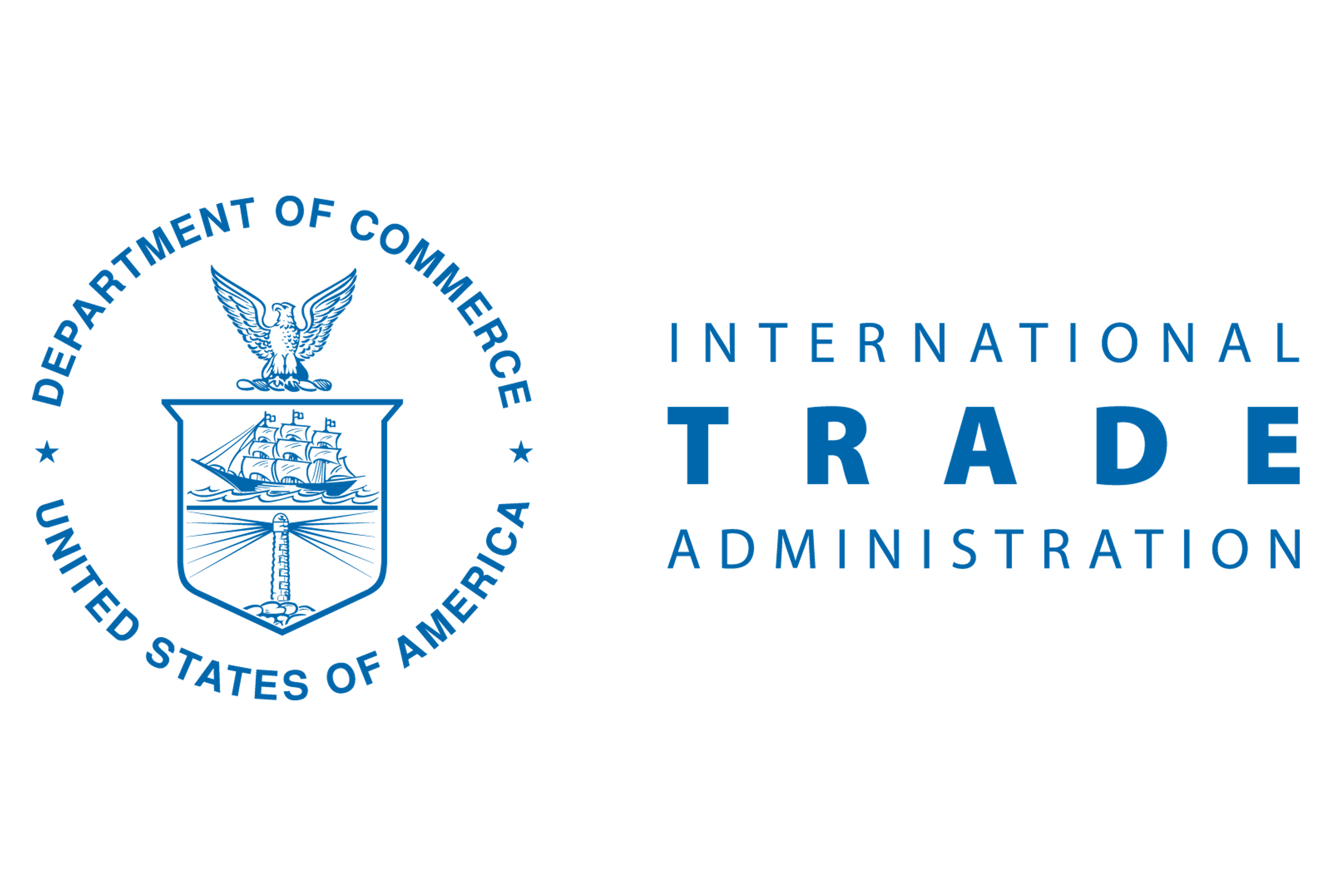Product

September 18, 2018
Leibowitz on Trade: U.S., China Swap More Tariffs
Written by Tim Triplett
Lewis Leibowitz, trade attorney and contributor to Steel Market Update, offers the following commentary on the latest developments in Washington:
A rather eventful few days on the tariff and legal fronts:
- Final list of $200 billion in trade value of imports from China: The USTR announced the final list (“list 3”) of $200 billion in China imports on Monday. Of 6,031 tariff lines that were proposed in July, 5,745 tariff items were on the final list. According to the USTR press release, the items that were left off the final list included consumer electronics products such as smart watches and Bluetooth devices, chemical inputs for manufactured goods, textiles and agriculture, safety products such as bicycle helmets, and child safety furniture such as car seats and playpens. Tariffs of 10 percent on these 5,745 tariff lines will take effect on entries on or after Sept. 24. The tariffs will increase to 25 percent on Jan. 1, 2019. The effective date is sure to hit items that are already en route to the U.S. from China. There is no word on what procedures will be in effect for the possible exclusion of products from the new tariffs. With the “list 3” tariffs, about half of 2017 imports from China will be subject to tariffs of 10 or 25 percent. The escalation of tariffs on Jan. 1 from 10 percent to 25 percent coincides with renewed negotiations with China on settling the burgeoning trade war, which has featured tit-for-tat tariff increases. China was quick to respond with an announcement Tuesday of 5-10 percent tariffs on $60 billion in U.S. goods, such as farm products, machinery and chemicals, effective Sept. 24. The Chinese also vowed to increase the rates if the U.S. moves ahead with higher tariffs in January.
- Product Exclusion Procedures (“list 2”): The USTR also issued a notice today on procedures for the possible exclusion of products from “list 2” tariffs, which went into effect on Aug. 23. The new procedures have a few important changes from the exclusion procedures applicable to “list 1,” effective July 6, 2018. The “list 2” exclusions must be submitted to USTR by Dec. 18. In addition to information required for “list 1,” these new procedures require companies to disclose the percentage of sales covered by each “final product” for which exclusion is sought or the percentage of production costs for imports from China that are components for manufactured products. This is highly sensitive information; the procedures permit requests to contain confidential information, if a public version is also provided. The notice warns that no exclusion will be granted that requires identifying the product based on criteria that are not publicly available. If an exclusion is granted, duties will be refunded retroactively to Aug. 23, 2018, the effective date of the “list 2” tariffs.
- AIIS court action: On Friday, the government filed its brief in the lawsuit challenging the constitutionality of Section 232, the statute under which the steel and aluminum tariffs were imposed (and under which tariffs on autos, auto parts and uranium are being considered). The government asserted, predictably, that the statute was indeed a constitutional delegation of authority from Congress to the president. The government also asked the court to dismiss the complaint based on the pleadings filed so far. Also on Friday, the American Iron and Steel Institute and the Steel Manufacturers Association filed an “unopposed” motion to appear in the case as “friends of the court” (amici curiae in the original Latin). Those two associations of domestic steel producers (blast furnace and electric furnace producers, respectively) will support the government’s position. A decision is not likely for several months in the case.
- Judicial review of product exclusions?: One interesting assertion by the government was their claim that the product exclusions under Section 232 would be subject to “limited” judicial review. This reasoning could also apply to the product exclusions under Section 301 (see above). The concession that product exclusion decisions could be reviewed by the Court of International Trade could give requestors some hope that these requests will be considered seriously. On the other hand, domestic producers objecting to product exclusions could seek judicial review of approved exclusions.
Lewis Leibowitz
The Law Office of Lewis E. Leibowitz
1400 16th Street, N.W.
Suite 350
Washington, D.C. 20036
Phone: (202) 776-1142
Fax: (202) 861-2924
Cell: (202) 250-1551







